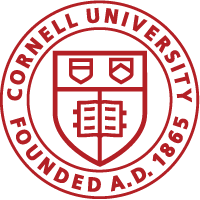The Unilateral Mosaic (UMos): Novel Tools to Compartmentalize Pathology and Trace Cellular Interactions in Mouse Models of Human Disease
Principal Investigator: David Gludish
DESCRIPTION (provided by applicant):
This project will credential two novel types of broadly applicable mouse models, which we will demonstrate in the lung. First, we will express genes that drive disease susceptibility on one side of the lungs only, a model we call a Unilateral Mosaic, creating disease-prone and disease resistant (internal control) lung tissue in a single animal. The lungs serve as a proof-of-concept organ, but this Unilateral Mosaic model applies to other asymmetric or paired organ systems such as the liver, and also to the limbs. The second type of engineered mouse will harbor an allele that installs permanent genetic marks within niche or neighbor cells, for in vivo cellular contact tracing in mice. Using a secreted and cell-permeant Tat-Cre protein, cells will be targeted for recombination in vitro using co-culture and media transfer experiments, and in vivo using transplantation of engineered Tat-Cre expressing cells into loxP-activated fluorescent reporter mice. There is an urgent need for mouse models that reduce animal to animal variability, and increase the in vivo resolving power for tracking cellular behavior. The models we present begin to address these challenges, and will appeal to a wide variety of investigators that employ mice to study complex human diseases. The proposed genetic tools are designed to address numerous categories of biological problems in living animals, but are not intrinsically confined to a specific disease state or organ. These studies employ the well-established Cre-LoxP system for targeted in vivo gene expression, applicable to the numerous floxed alleles in existence. This work will broadly impact the available applications for tissue- or lineage-specific expression of genes in mice, enabling investigators to track cells or induce gene expression in neighboring or transacting cells that contact driver cells of a given lineage.


